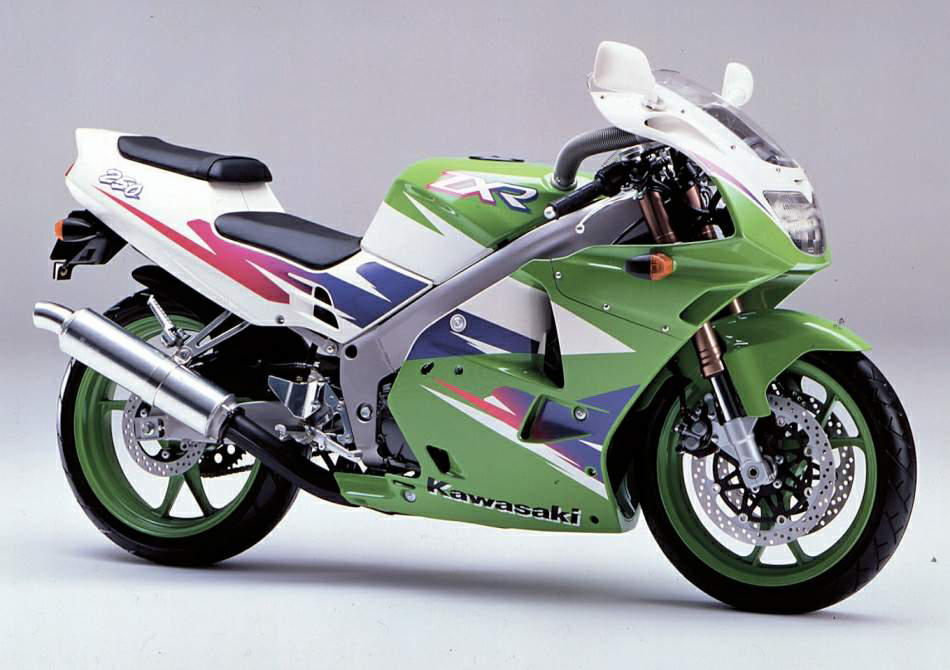The story appears to trace back to leaked images of a styling model for a new Kawasaki Ninja 250. Far from being a four-cylinder, it was a proposed revamp for the existing parallel-twin.
The idea of a 250cc four, harking back to the early 1990s and days of the ZXR250, which made 33kW from its screaming, miniature four-cylinder engine, is tempting. But it’s a dream that would be near impossible to achieve today.
The reality is that Kawasaki may well be developing a new Ninja 250/Ninja 300 to meet the CBR250RR and Yamaha R25/R3 head-on. But it’s almost certain to remain a parallel twin.
The latest-spec, Euro 4 version of the 300cc engine, as used in the Versys-X 300, already claims over 29kW, just a fraction behind the 31kW Yamaha, so power levels are nearly as high as the old ZXR250 without resorting to an expensive four-cylinder. That means the 2014 styling mock-up which sparked this whole fantasy might well emerge later this year as a production Ninja 250/Ninja 300. But it won’t be a four-cylinder. Here’s why:
THEN
The 250cc fours suited Japanese laws and taxes; the cost of owning big-bore bikes was so high that customers were prepared to pay for these small performance machines.
COST
A four-cylinder 250 has more components than a single or twin. R&D costs wouldn’t be much lower than a 1000cc, and it might be more complex – and expensive – to assemble.
RULES
The engine would rev around 20,000rpm, causing valve overlap and emissions issues at low revs. The same thing that’s killing off 600cc sportsbikes would be magnified on
a 250cc four.












